Introduction

Artificial intelligence has revolutionized the world in countless ways. These days, we depend on it for many things. It helps us turn on lights, create websites, make content, convert speech, and more. The classroom is no exception. With artificial intelligence, students and teachers can easily cover the curriculum. Imagine if Augmented Reality and Virtual Reality, commonly known as AR/VR, were included in the classroom.
What is AR/VR
Traditional learning systems barely keep students engaged. John Dewey says that people learn by reflecting on their experiences.

If we use AR/VR in the classroom, students will gain firsthand experience, which will help keep them engaged in their lessons.
According to technical writer Alexander S. Gillis, augmented reality adds digital information to a user’s environment in real time. In simple terms, it overlays digital information onto the physical world. It uses a combination of cameras, sensors, a display, and GPS.
Virtual Reality (VR) transport users to a world different from reality. It makes what is impossible in the real world possible. VR is used for entertainment and educational enlightenment.
Practical examples of AR/VR
I. Virtual field trip

Students can visit places to learn about ancient papyrus, pyramids, and Egyptian mythology. They can even explore Mount Kilimanjaro through VR; no plane tickets or visas required.
II. Language Learning
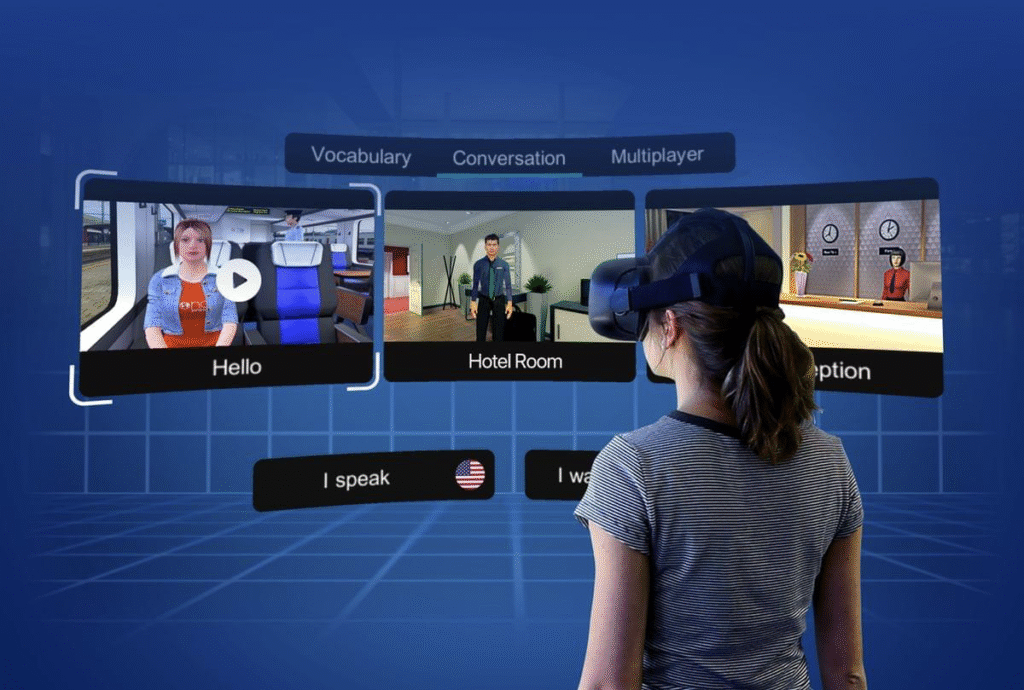
Augmented reality can help students learn new languages. It immerses them in a virtual marketplace, where they can practice languages such as Mandarin or Spanish with Mondly
III. STEM Labs
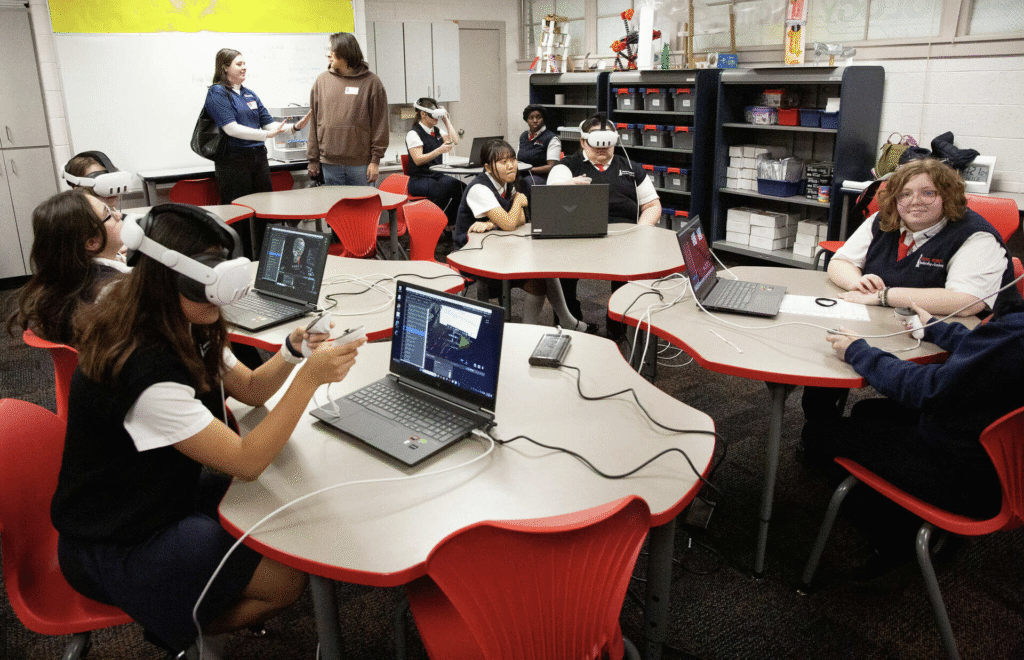
In New York, educational institutions utilise a virtual reality service called Labster, this service immerses students in a digital lab setting, enabling them to experiment with hazardous chemicals safely while managing costs.
IV. Wonderscope App
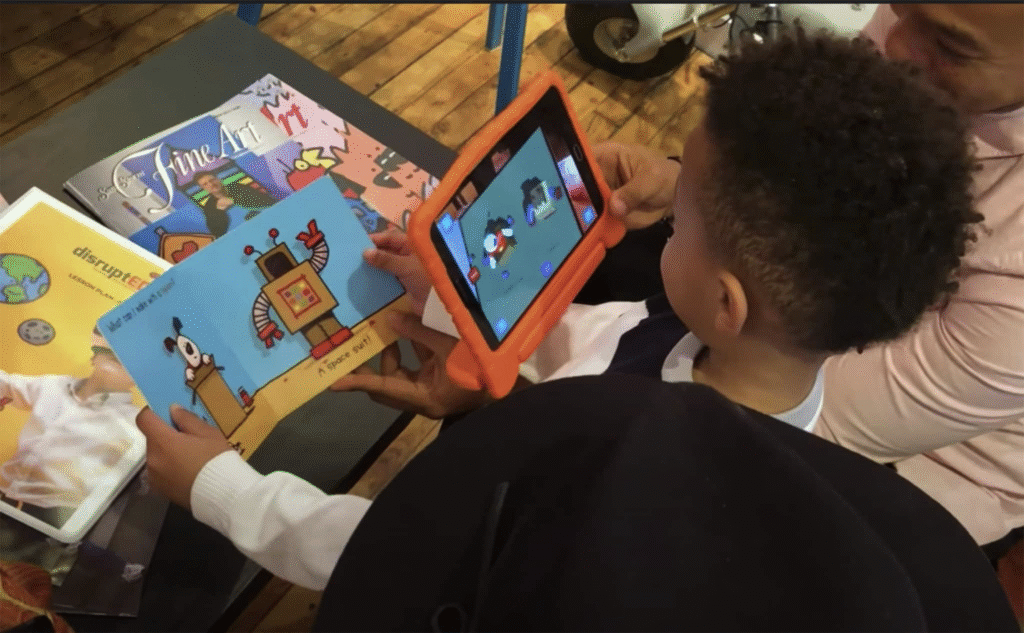
This augmented reality application employs voice recognition to bring stories to life as children read aloud, integrating characters and settings from the narrative into their real-world surroundings.
V. Zspace
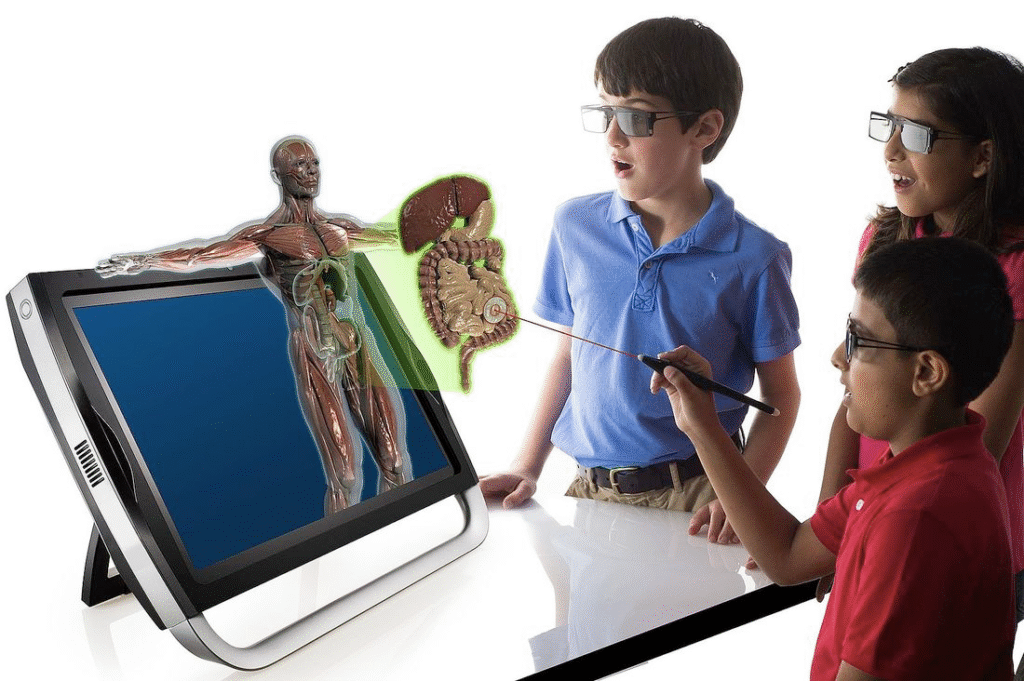
It combines AR AND VR to create an interactive STEM learning experience to dissect living organisms and explore mechanical designs.
VI. Tilt brush (VR)
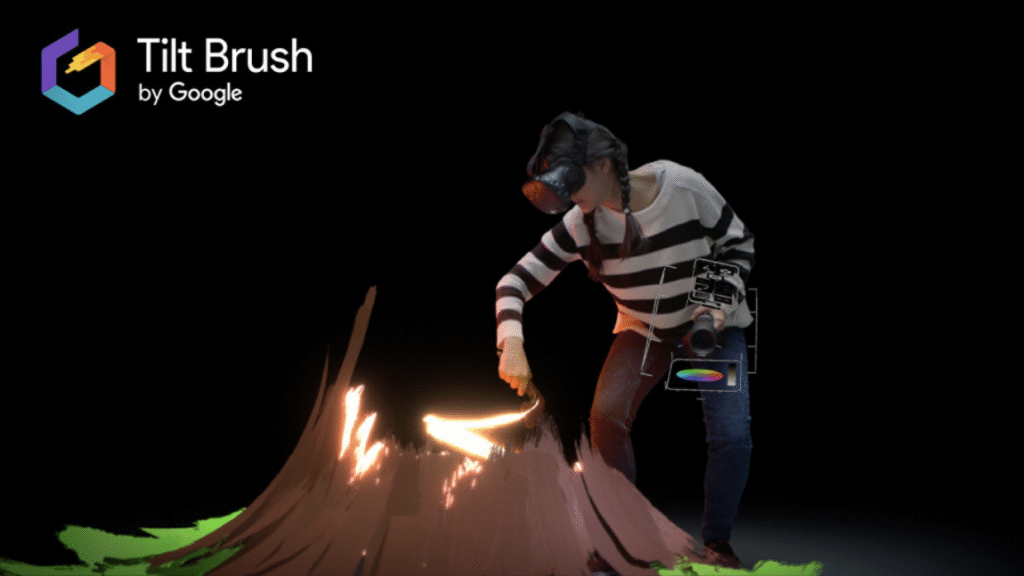
The tool enables students to paint in a 3D space, making it an excellent tool for arts and design.
How AR/VR enhances learning
I. Increased Participation in class
AR/VR grabs students’ attention, piques their interest in contributing to classroom activities and makes the class interactive.
II. Bridging the gap between theory and practice
Subjects like physics and chemistry need practical application, which is why VR simulations allow experimentation without the constraints of physical appliances.
III. Breaking geographical barriers
With VR, students can visit the Eiffel Tower, the Statue of Liberty, Ancient Rome, and the Great Wall of China from the classroom.
IV. Grasping abstract concepts
Subjects like mathematics and physics involve abstract concepts, which are geometric shapes, making it difficult to understand. AR/VR visualizes the idea and makes it more accessible. With it, students can manipulate 3D objects or simulate gravitational forces.
V. More autonomous learning
AR/VR fosters independence by making learning more personalized and interactive
VI. Teamwork and collaboration
AR/VR encourages collaborations among students. Imagine working on a virtual science project with fellow students; it will develop their problem-solving skills, identify their struggles, and strive for perfection as a team
Drawbacks of AR/VR
Despite its benefits, AR/VR has its disadvantages. They include:
1. It is expensive – Developing an AR application costs about $10,000-$50,000, depending on the complexity of the app and the customers’ requirements. Meanwhile, VR hardware is costly, and with emerging technology, ongoing upgrades and maintenance add to the cost. Not every school can afford the technology or even have the bandwidth to support it.
2. Health and safety concerns – The American Medical Association noted that while immersive learning may be beneficial, constant use of AR/VR can harm users’ health. It can cause mental dependency, eye strain, headaches, and nausea.
Students have become increasingly addicted to AR devices, which makes them unaware of their surroundings. In the case of VR, users’ brains can barely understand the reality of what they see or hear in the virtual simulation.
3. Exposing Teachers to AR/VR – Incorporating AR/VR in a classroom environment is pointless if teachers can’t use it; they may struggle to grasp the concept of AI or see why such technology can help students. If any schools need AR/VR technology, teachers should be taught not just how to use it, but also how to enhance their unique styles to reach students’ minds.
4. Allowed screen time – Balance is key in an environment. School management should allocate a reasonable time to prevent students from straining their eyes or catching motion sickness.
Ethical Recommendations ( APA Standards )
Parents frequently ask:” Is this safe for young eyes and minds?” According to the American Psychological Association (APA), it’s essential to:
- Measure screen time and take breaks at proper intervals
- Program software for age-appropriate content
- Shed light on digital citizenship, encourage students to question what is real and what is not.
The Future of Students with Digital Assistance
As technology advances, AR/VR will become more accessible, and despite its high-tech flair, the classroom will remain human. AR/VR tools will not replace teachers but empower them in passing on their wisdom to their younger generation. There is more to look forward to as AR/VR becomes part of an incredible classroom journey. Future development may include:
- An AI-driven AR assistant that provides real-time guidance.
- Multi-user VR spaces foster global collaboration.
- Tactual feedback to simulate touch in a VR environment.
Conclusion
If education aims to prepare students for life beyond the classroom, then AR/VR are cutting-edge technologies that offer untapped potential to the educational systems worldwide.
They are budget-friendly, defy geographical odds, and fuel ingenuity.



